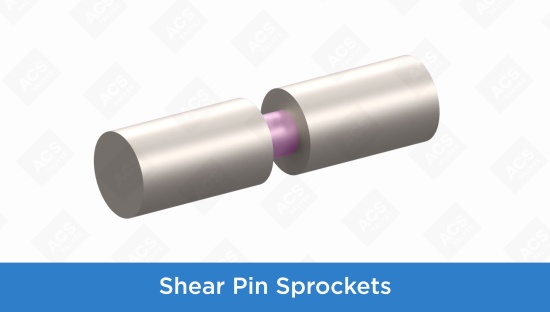
Dry bulk materials can be picky about their conveying environment. If you don’t consider material characteristics at every step of the way, they’ll complain by sticking to surfaces, building up near transfer points, or leaking out of your machinery. Or, if you're really unlucky, all three.
Fine powders are notoriously difficult to convey. When they move too slowly, you get those blockages and inconsistent material flow. On the flipside, moving them too quickly can lead to inefficient material throughput and abrasion.
Blow-through rotary valves are designed for these challenges. We’ll cover how blow-throughs make life easier and how to choose one that won’t over-aerate your material.
How blow-throughs work
Ingredients like flour, white sugar, or milk powders look perfectly innocent until they start building up in your system. Their light, powdery characteristics make them absorb moisture easily, meaning they’re more prone to sticking to the internal surfaces of your equipment.
Traditional blow-through valves work well in these types of pneumatic conveying scenarios. They help blow material through the valve using high-pressure conveying air, which prevents it from compacting and sticking to the rotor and housing.
The problem is that powders can also over-aerate in traditional blow-throughs using high-pressure settings. Using too much air can reduce capacity in the rotor pockets, not to mention abrasion from sandblasting your equipment with materials.
An upgrade to the traditional blow-through
To combat the issue of over-aerated materials, the engineers at ACS Valves developed the BT Series rotary airlock valve. The BT Series decreases excess aeration with an integrated vent port on the return side of the valve housing that automatically vents air leakage.
This design maximizes the flow path of air through the rotor pockets, which improves the release of material from the pockets and minimizes air leakage. As a result of this low, efficient pressure drop, the BT Series optimizes material flow density, improves conveying material, and reduces your total consumption of compressed air.
Proper configuration
Though light powders share some characteristics, it’s important to look at each ingredient individually. Each material needs its own level of pressure, aeration, and pocket size to achieve an optimal rate of flow.
A properly-sized valve is a must. When materials have wide-ranging density, we recommend calculating the valve’s size using the material’s lowest or lightest bulk density. This well help you get consistent throughput in your system. For aerated materials, we also suggest sizing valves at 70% fill capacity.
The right accessories can also make a big difference. Rotors with U-shaped vanes (as opposed to the standard V-shaped vanes) are a great choice because they don’t have grooves where material can build up — plus, they’re easier to clean.
Another good rotor option for this application is one with serrated tips. The toothy edges of this rotor scrapes off material buildup as the valve spins, resulting in less cleaning and more uptime.
Make blow-throughs a breeze
Even fine powders can vary a lot in terms of material characteristics, so your exact rotary valve configuration will depend on your ingredients and system. For help sorting through the details, call ACS Valves. We’ll set you up for efficient conveying.


